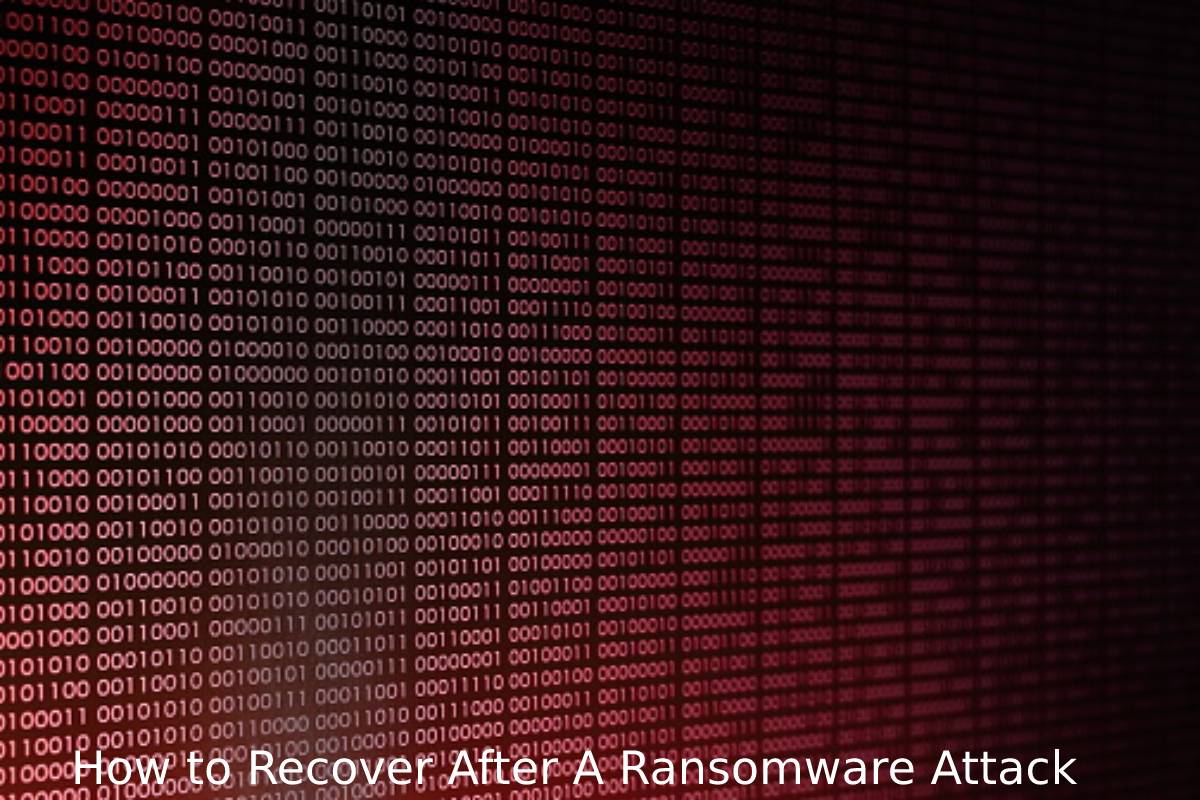Ransomware is a malware that installs itself on your computer and then encrypts all the data stored on it. It will then demand money to decrypt or unlock those files for you.
If you don’t pay, the hackers won’t help you, and your computer’s data will remain locked. This blog post has four great tips for recovering from ransomware attacks so that you can get back up and running.
Table of Contents
1. Report The Attack
Do not pay the ransom money. The hackers might ask you to send them bitcoins or other cryptocurrencies in exchange for restoring your files. However, do not cave in to their demands.
Instead, report the ransomware attack to law enforcement. Ensure that law enforcement knows about it so that they can find these criminals before more victims are affected by this malware.
You should also report it to the FBI’s Internet Crime Complaint Center. Such a measure will help law enforcement agencies worldwide track down these hackers and bring them to justice before they can do more harm. By reporting cybercrimes, you are helping other people from becoming victims of ransomware attacks as well.
2. Back-Up Your Data in an External Drive
If you’d backed up your data before the ransomware attacked it, then there’s no need to worry. You can restore all of those files and get back on track without losing any information.
However, if you didn’t have a backup in an external drive or cloud services like Dropbox or Google Drive, you will have a hard time recovering from this attack. You can try restoring your data to the last date that it was working before getting attacked by ransomware malware again.
If everything else fails, you need to contact a computer repair service. Ask for help restoring your files from an earlier backup copy of those files.
3. Cleanse The Systems
If you’re using a Windows computer, then you need to install an anti-spyware or antivirus program. Many great free programs are available for download on the internet that will find and remove any ransomware malware from your PC.
The same thing goes if you have been attacked by ransomware while browsing through malicious websites online. You should always install a reliable antivirus program to protect yourself from malware attacks.
In addition, make sure that you keep all of your programs updated too. This includes the operating system itself and any programs installed on it, such as Adobe Flash Player. Cybercriminals often target these since they are to contain security vulnerabilities in the past.
4. Ransomware Prevention
Check out the ransomware prevention that you can take to protect yourself from future attacks. You might also want to use special software like Egnyte that will prevent your computer from getting infected with malware in the first place. There are also anti-ransomware apps available for download on the internet that can help protect your computer from future attacks.
Ransomware attacks can be a real pain. However, by following these four tips and taking appropriate action when an attack occurs, you should be able to get back up from this cyberattack without losing any of your files or data.



